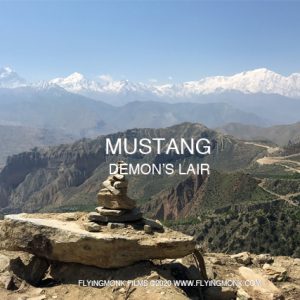Description
In Tibet, Ganden monastery is the seat of the Gelugpa, the Yellow-Hat school of Tibetan Buddhism, the main player in the current development of the religion in Tibet. Sakia used to be all-powerful during the Mongolian Yuan dynasty, its abbots being able to spread Tibetan Buddhism at the court of Kublai Khan eventually converting the Mongols. ©2013
Ganden is an important monastery for Tibetan Buddhism. It was founded in 1417 by Tsong Khapa and was the first of the three Gelupka monasteries. Its head, the Ganden Tripa, is traditionally the head of the Gelugpa School. The title that means “the Holder of the Golden Throne of Ganden” was created in 1419 after the death of Je Tsong Kapa. The Ganden Tripa position is held for seven years. Gelug, the name of the yellow hats school of Tibetan Buddhist, stands for “Ganden Tradition.” “Ge” comes from Ganden and “lug” means tradition.
The sky burial, Jhator in Tibetan, is a procedure by which the vessel, that came from nature and was used in life, is returned to nature. It also makes a statement about the impermanence of life, an important element of Buddhism. In many Asian traditions, including Buddhism, the body is considered merely a vessel used by the spirit to manifest in the physical world. The rich and important lamas are buried in a chorthen. The lower lamas are cremated and the poor ones are thrown into the river.
In a sky burial, the dead are brought to these high places, chopped into pieces by a caretaker, and left here to be eaten by vultures. After several days, the caretaker or the family may come and take the bones to bury them.
Follow us on Instagram




